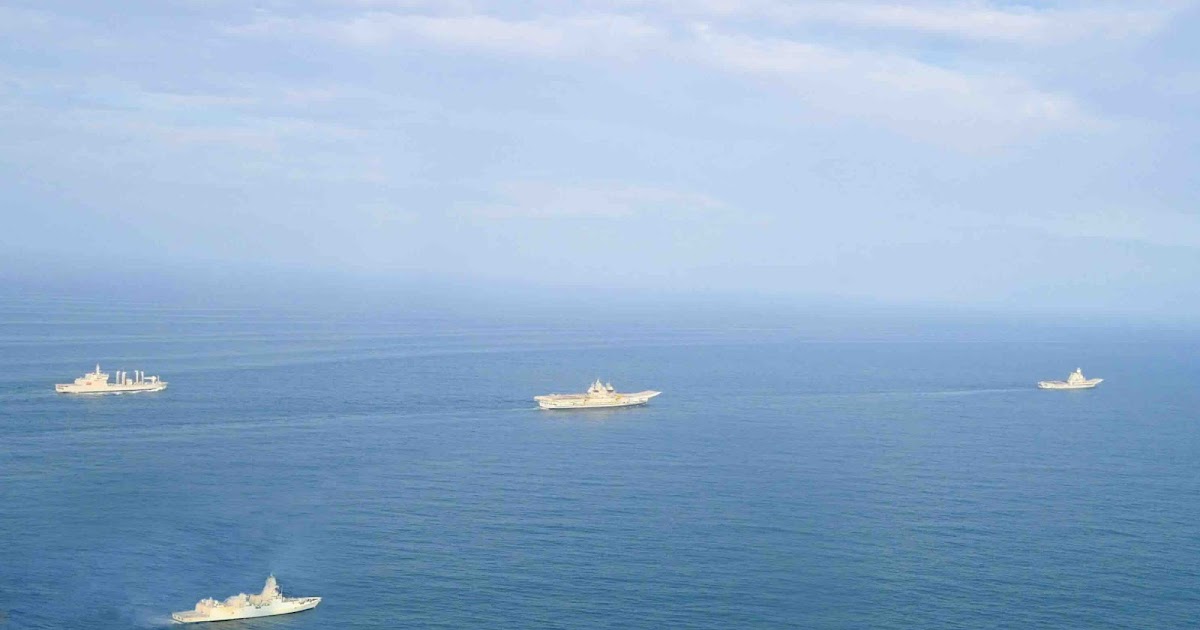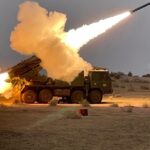
The resumption of two-carrier operations signals India’s return to an elite clutch of navies
By Vikas Gupta
Defence News of India, 21st Sept 24
The Indian Navy’s second aircraft carrier, which happens to be the first one that is indigenously built, joined the Western Fleet in Karwar for joint exercises that include twin-carrier fighter operations.
The resumption of two-carrier operations signals India’s return to the elite clutch of navies that have the ship platforms and experience for operations that simultaneously involve more than one aircraft carrier.
An aircraft carrier is a warship with a full-length flight deck, hangar and facilities for arming, deploying, and recovering aircraft. Aircraft carriers include helicopter carriers and amphibious assault ships if the vessel’s primary purpose is to carry, arm, deploy, and recover aircraft.
On Friday, Western Naval Command posted on X: “INS Vikrant, India’s indigenous aircraft carrier, joined the Western Fleet, in a significant enhancement to the maritime power and reach of the Indian Navy’s ‘Sword Arm’. The Carrier Battle Group led by INS Vikramaditya inducted INS Vikrant with a multi domain exercise and twin carrier fighter operations in the Arabian Sea.”
According to senior naval commanders, the aim of exercising INS Vikrant and its ancillary units is to simulate a two-carrier tactical situation – with carriers on both sides, deploying all their fighter aircraft and helicopters.
INS Vikrant will operate in the exercise as leader of a carrier strike group (CSG). This warship formation groups an aircraft carrier with one or more destroyers (a heavily armed warship of 7,000 tonnes or more), one or more frigates (lighter, multi-role warships), and at least one submarine that sanitises the area around the CSG, ensuring that it is free of the adversary’s submarines.
The key element of the CSG, however, is its air wing. As a ball park figure, an aircraft carrier deploys one combat aircraft for every 1,000 tonnes of carrier.
The Royal Navy has two carriers, each weighing about 65,000 tonnes and large enough to embark 40-45 aircraft. India’s INS Vikrant, which weighs about 44,000 tonnes, can support about 28-30 aircraft.
One of the key purposes of the impending exercise will be to ascertain that all the different systems on the carrier – e.g. the air wing (the combat aircraft), the air complex (the air traffic controllers), the aircraft lift that bring the fighter aircraft from their below-deck hangars to the flight deck from which they take off – are functional.
Before the INS Vikrant began construction at Cochin Shipyard Ltd (CSL), all the structural and operating parameters had been laid down in a document called the Qualitative Staff Requirements (QSR). For example, the QSR would have specified the “sortie generation rate”, which will now be checked and validated in the exercise.
Similarly, the reaction of the aircrew will be checked to a “scramble jets” order. This would check the roles and reactions of the entire aircrew, ensuring that their reactions are quick enough to meet what the navy had specified in the QSR.
Similarly, the aircrew will be checked for their ability to launch aircraft at night or in adverse weather conditions, when the carrier is rolling, pitching and yawing, presenting the pilots with a challenge akin to threading a moving needle.
All this and more will be checked by a team of inspectors from the fleet headquarters. That will determine whether the carriers’ crews are found fit for integration. Only then will the INS Vikrant be inducted into the navy’s fleet.






